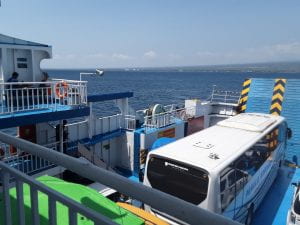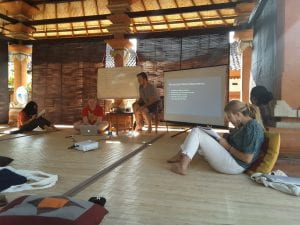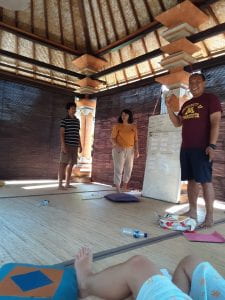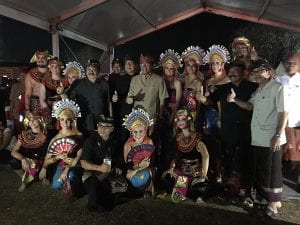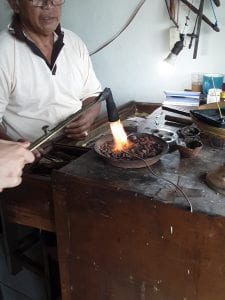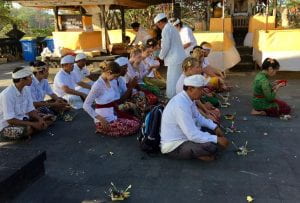My primary reason for applying to a SIT program was the promise that I would have the opportunity to conduct a field study for my Independent Study Project (ISP). While the SIT Indonesia program also offered opportunity to pursue other major projects, I stuck fast to my original want. I had never conducted a field study before and likely never will at Whitman because my major and my own interests simply do not support doing a field study.
I and the other students were allotted a month to conduct our projects, and during that month I learned more than I could have ever prepared for. In all honesty I entered this project fairly confident in my abilities. With my skills in English writing and reading, as well as my lack of nerves, I felt endowed to tackle the research and the writing periods. For the most part, in hindsight, my skills did not fail me. What I did not expect were the difficulties with time management.
A month is not very long. On paper, us students are allotted perhaps three to four weeks to conduct research, then the last week is spent writing the paper draft. I have always known myself to take a long time to both write and research, so I planned to begin writing half a week in advance and to have finished all of my external source research beforehand. Yet, the amount of evidence that I amassed and the time that it took to both outline and draft far overshot a month’s limit. Perhaps what truly trapped me was the endless number of external sources to examine. Technically I could have started that research before I even embarked upon my ISP and perhaps still wouldn’t have exhausted my research.
And I should have begun research much earlier. It would have saved me much time, energy, and sanity. Due to my lack of proactivity, for the last two weeks I spent hunkered down in an apartment in Jakarta working nonstop on my ISP. Needless to say, I went quite stir-crazy. Out of necessity I took two days off to counteract the numerous hours that I spent on the project.
One of the benefits of conducting this ISP alone were the opportunities to take true breaks. During them, I could self-reflect and take advantage of these private moments to recollect myself. There was great value in simply spending time alone, especially during the few times I went out and ate at restaurants. I am not one to whip out my phone to find entertainment while at a restaurant. Thus, I spent my time reflecting upon myself, my experiences, the ISP project, and on my future. Even better, sometimes I thought nothing at all. It was great quiet time away from the apartment. Afterwards, I was better prepared to reenter the fray of research and drafting. Considering my short schedule, it might have been unwise of me to take that time off, but it did wonders for my peace of mind.
I would love to say that I finished my ISP paper on time. However, even a full week and a half of work was not enough time for me to finish it. I was lucky that I rode a night bus to return to Bali and had a long stretch of time to work on the paper. That trip totaled around twenty-one hours, and I probably spent eleven of those hours dutifully typing away at my poor computer. When I arrived in Bali at the program center, I still wasn’t done; and I turned it in two days late.
The fact that none of the students—as far as I know—turned theirs in on time, too, was quite comforting. Now that I’m older and wiser with the power of hindsight on my side, if I were to write my ISP all over again, I would still probably suffer greatly. I am floored by how long it takes to write that project, but holding the finished product in my hands makes up for the experience in spades.
Thank you, and until next time!



